President Donald Trump wants the fence at the southern border to be painted black with spikes at the top and fewer gates, according to a report in The Washington Post:
Trump reportedly wants the wall's bollards to be painted "flat black." He has told White House aides, Homeland Security officials and military engineers that the color would absorb the summer heat, "making the metal too hot for climbers to scale." He has specified that the tips of the bollards "should be pointed, not round" and has described "in graphic terms the potential injuries that border crossers might receive." He has even argued that blueprints include too many gates, which are placed at intervals to allow vehicles and people to pass, and has said the openings should be "smaller."
Trump is reportedly "micromanaging" the project ever since he declared a national emergency to divert funds and access billions of dollars to construct the wall. He sees himself as a "builder," according to David Lapan, a former Homeland Security official who worked at the department when it spent billions on border wall prototypes near San Diego.
Homeland Security officials have declined to comment on Trump's design requests, which are driving up the price of the structure. It is possible that his plans would require him to reprogram additional taxpayer funds from military budgets, too.
For many, the latest news serves as further indication that the project, more symbolic than functional, is little more than an attempt to appease the president's vanity.
Trump has repeatedly claimed that the wall is close to completion. In February, for example, he claimed portions of the wall were completed in New Mexico. In reality, no new sections of the border wall the president insists is so necessary for border security have been allotted. What construction that has happened has served to replace portions of other, existing barriers already in place and approved by Congress last year.
A construction crew did complete a section of fencing in New Mexico––but that was in August 2018, per CBS DFW, for a project, valued at $73 million, that had begun four months prior.
The declaration of a national emergency is the culmination of a long fight over funding for the president’s pet project that resulted in a shutdown that kicked off in December 2018 after he declined to sign a stopgap funding bill because he disagreed with the decision of Congress not to provide the funding he’d requested for his proposed border wall. As the shutdown wore on, he insisted that it was simply a ploy by Democrats to cost him re-election.
U.S. District Judge Haywood Gilliam Jr. in Oakland, California, will hear the first arguments on motions to temporarily block any wall construction on the grounds that Trump’s financing methods are unconstitutional and illegal, per a recent report. There have been at least seven lawsuits related to the wall in three different federal courts.




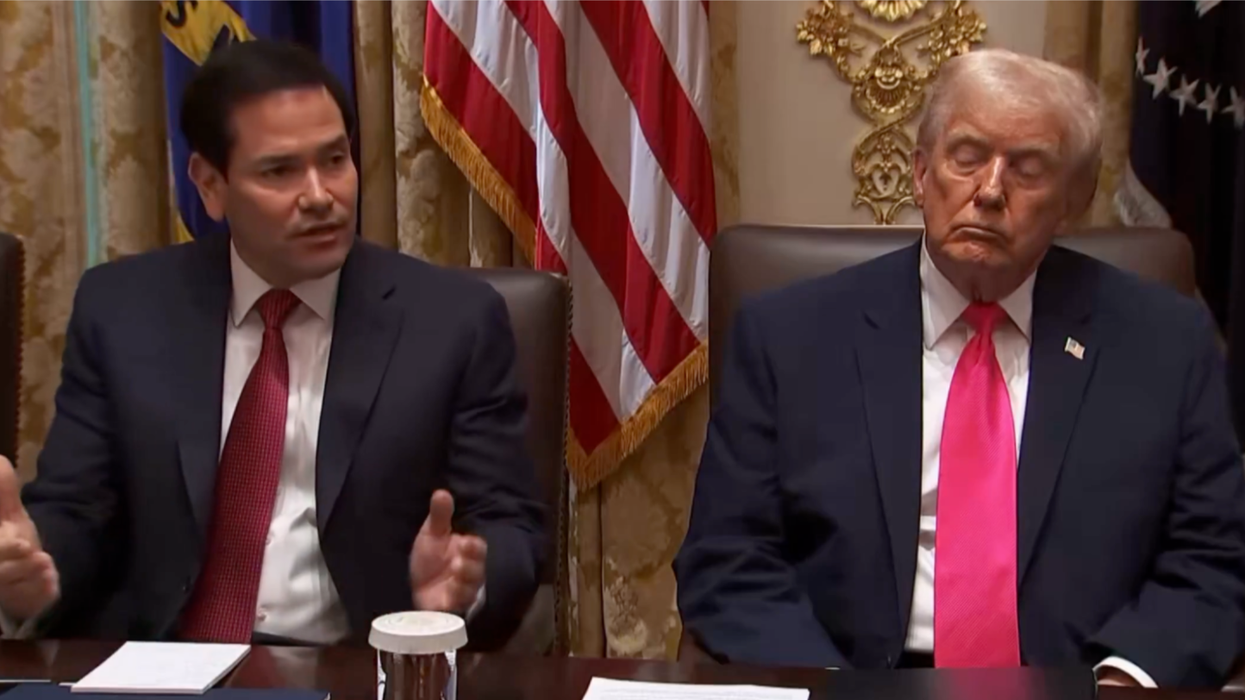


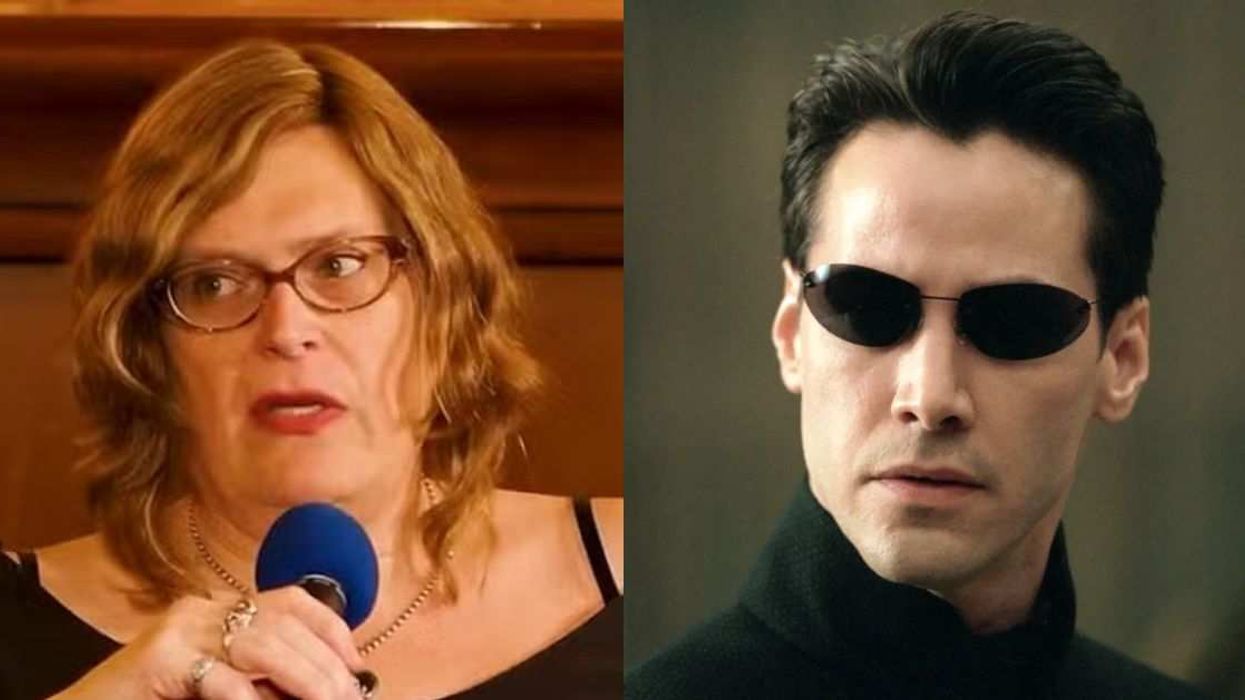
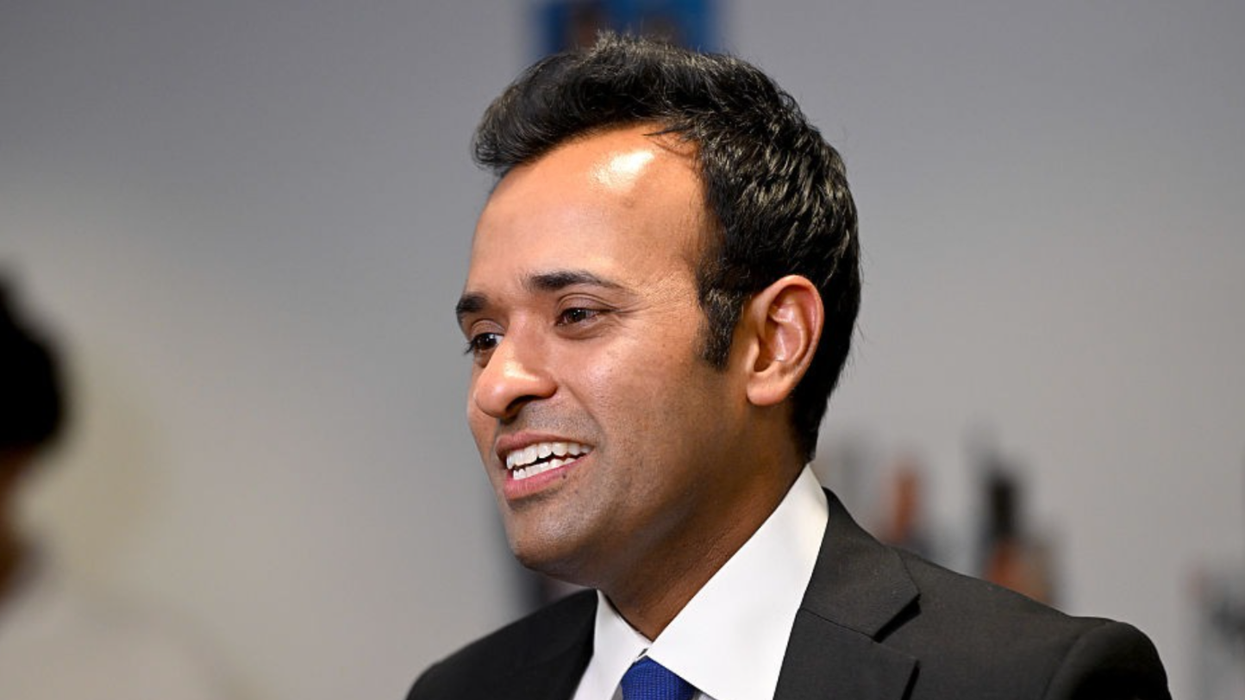

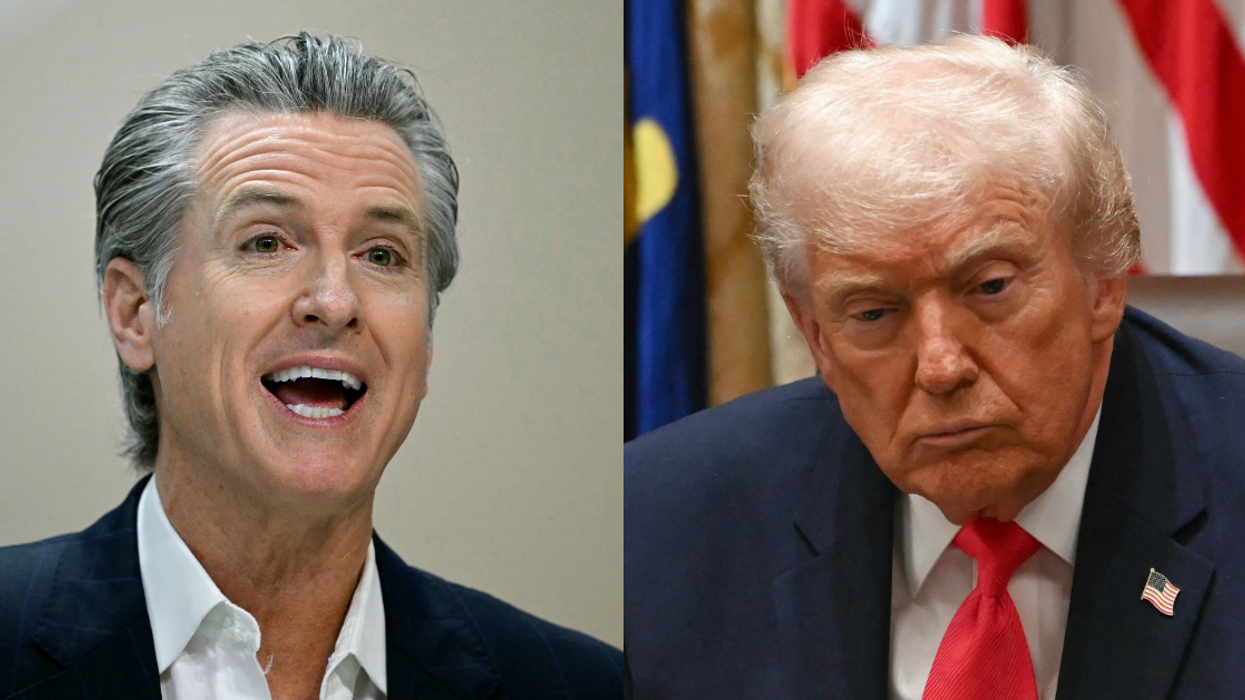


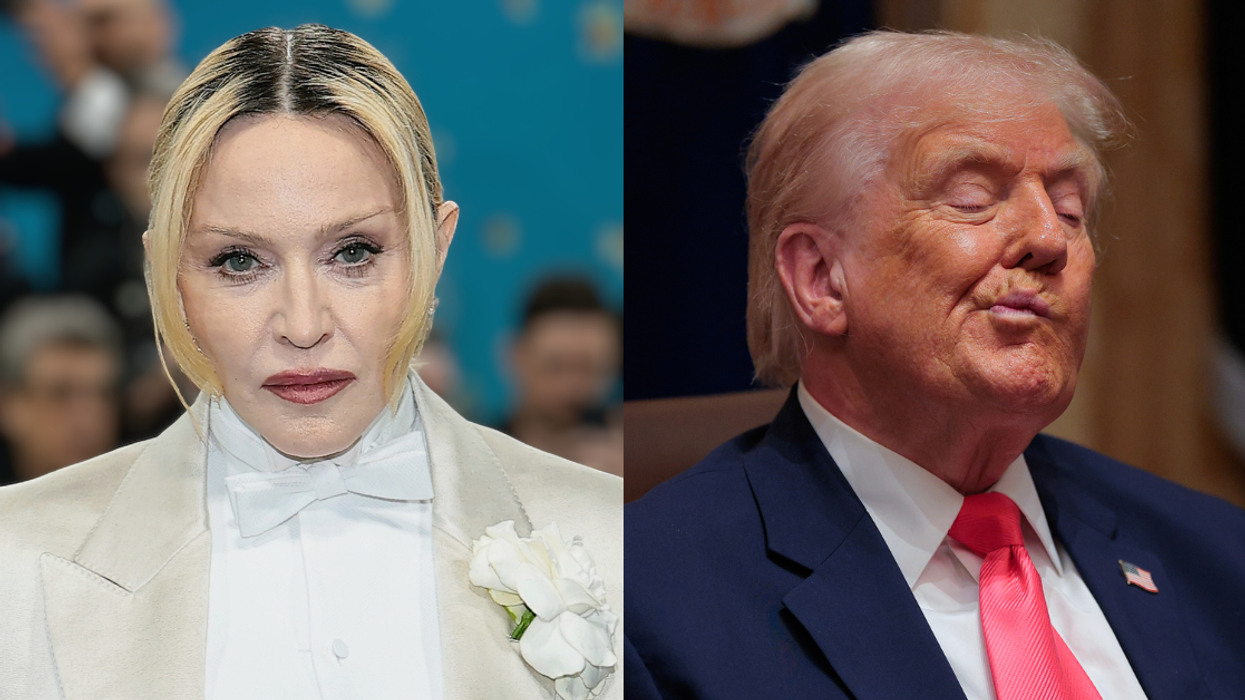
 @madonna/Instagram
@madonna/Instagram @madonna/Instagram
@madonna/Instagram @madonna/Instagram
@madonna/Instagram @madonna/Instagram
@madonna/Instagram @madonna/Instagram
@madonna/Instagram @madonna/Instagram
@madonna/Instagram @madonna/Instagram
@madonna/Instagram @madonna/Instagram
@madonna/Instagram @madonna/Instagram
@madonna/Instagram @madonna/Instagram
@madonna/Instagram @madonna/Instagram
@madonna/Instagram @madonna/Instagram
@madonna/Instagram @madonna/Instagram
@madonna/Instagram @madonna/Instagram
@madonna/Instagram @madonna/Instagram
@madonna/Instagram @madonna/Instagram
@madonna/Instagram @madonna/Instagram
@madonna/Instagram @madonna/Instagram
@madonna/Instagram @madonna/Instagram
@madonna/Instagram @madonna/Instagram
@madonna/Instagram @madonna/Instagram
@madonna/Instagram @madonna/Instagram
@madonna/Instagram @madonna/Instagram
@madonna/Instagram @madonna/Instagram
@madonna/Instagram @madonna/Instagram
@madonna/Instagram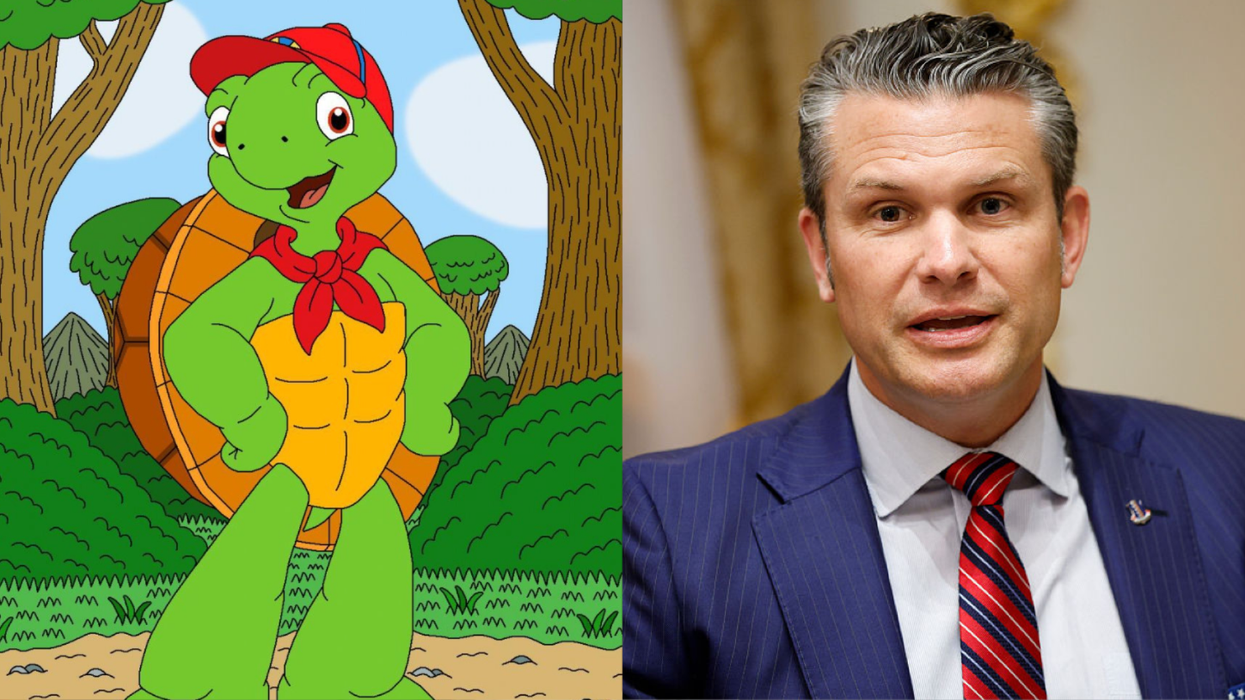
 @PeteHegseth/X
@PeteHegseth/X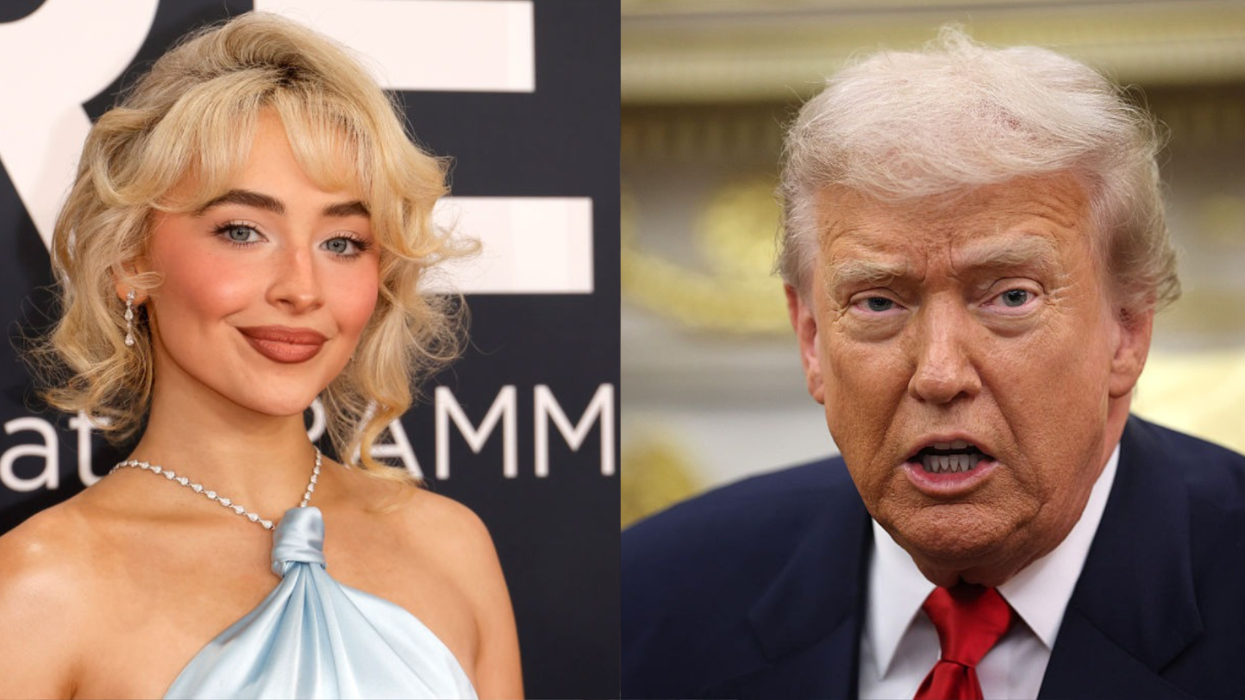

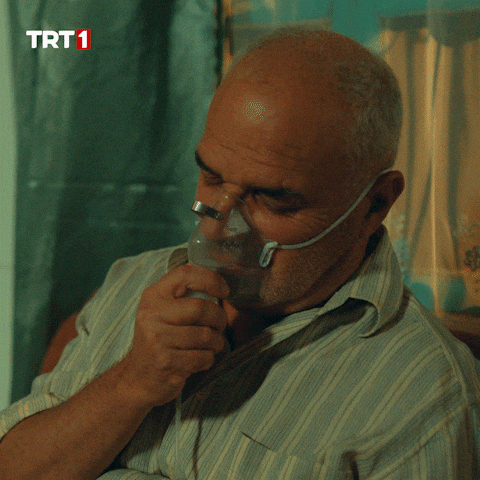 Relax Breath GIF by TRT
Relax Breath GIF by TRT  ha ha simpsons GIF
ha ha simpsons GIF  warning go away GIF by Kathryn Dean
warning go away GIF by Kathryn Dean